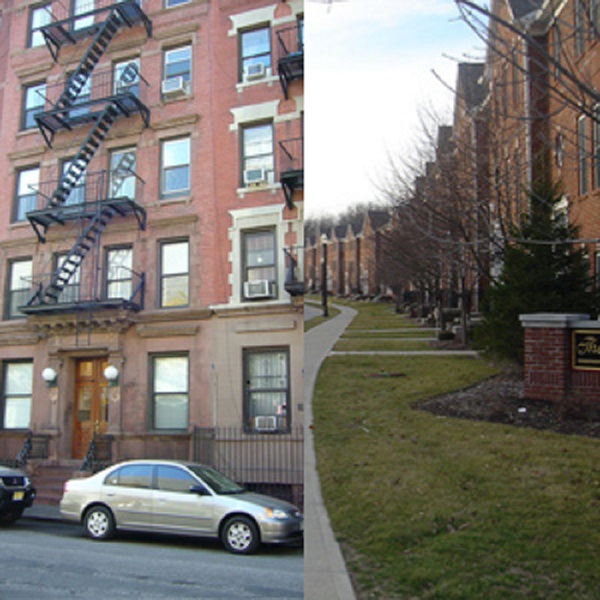
What Is the Difference Between Property Managers and Community Association Managers?
By Jeffery Lindberg
The terms property manager and community association manager are often thought of as having the same meaning. While there is a substantial amount of crossover between both roles, they are actually quite different in a variety of ways.
Property Managers
The role of a property manager is essentially exactly what the title describes. They manage properties on behalf of the owner of the property. They are often rental properties, such as apartments or townhomes, and the job of a property manager is to manage the rental units of that property. Property managers can be thought of as a representative of a given property’s “landlord.”
Property managers will oversee the rental application process, collect rent, and maintain the physical property by delegating tasks to maintenance staff, construction contractors and cleaning crews. Property managers have a fiduciary responsibility that is mainly focused on the revenue of the rental property, and as such, they attempt to earn their company a profit off of the rent contributions made by the residents living at the property.
Community Association Managers
While community association managers are also managing properties, these properties are part of a common interest community that is comprised of several members of an association. Association managers have a role that holds quite a few different responsibilities than those of property managers.
Community association managers are managing properties that are generally owned by the people that live there. Community association managers are not “landlords,” but instead are professionals that manage the tasks that are delegated to them by a board of directors that have been elected by the homeowners of an association.
Community association managers help boards establish budgets, bid out capital improvement projects, coordinate with service and maintenance contractors, and communicate information to the individual homeowners that make up the community association. A community association manager’s primary fiduciary responsibility is toward the financial well-being of the association. Their focus is on maintaining common areas, overseeing community rules and regulations, and facilitating effective board meetings, annual meetings and election processes. They act at the direction of the board of directors, and one of their primary goals is to save money for the people who live at the property, and to help establish policies and practices that maintain and increase property values for those homeowners.
While these two jobs have a lot in common, their essential focus is fairly different. Understanding the differences between these two titles helps us to understand the variety of roles that property management professionals play in improving the experience of those whom they serve.
Omega Property Management focuses on HOA management services for single family, condominium and townhome management in the Minneapolis/St. Paul metro area, spreading anywhere from Blaine to Lakeville, Carver to Lake Elmo.
(Photo credits: apartment – Chris via Flickr cc; townhomes – the urbanophile via Flickr cc)
